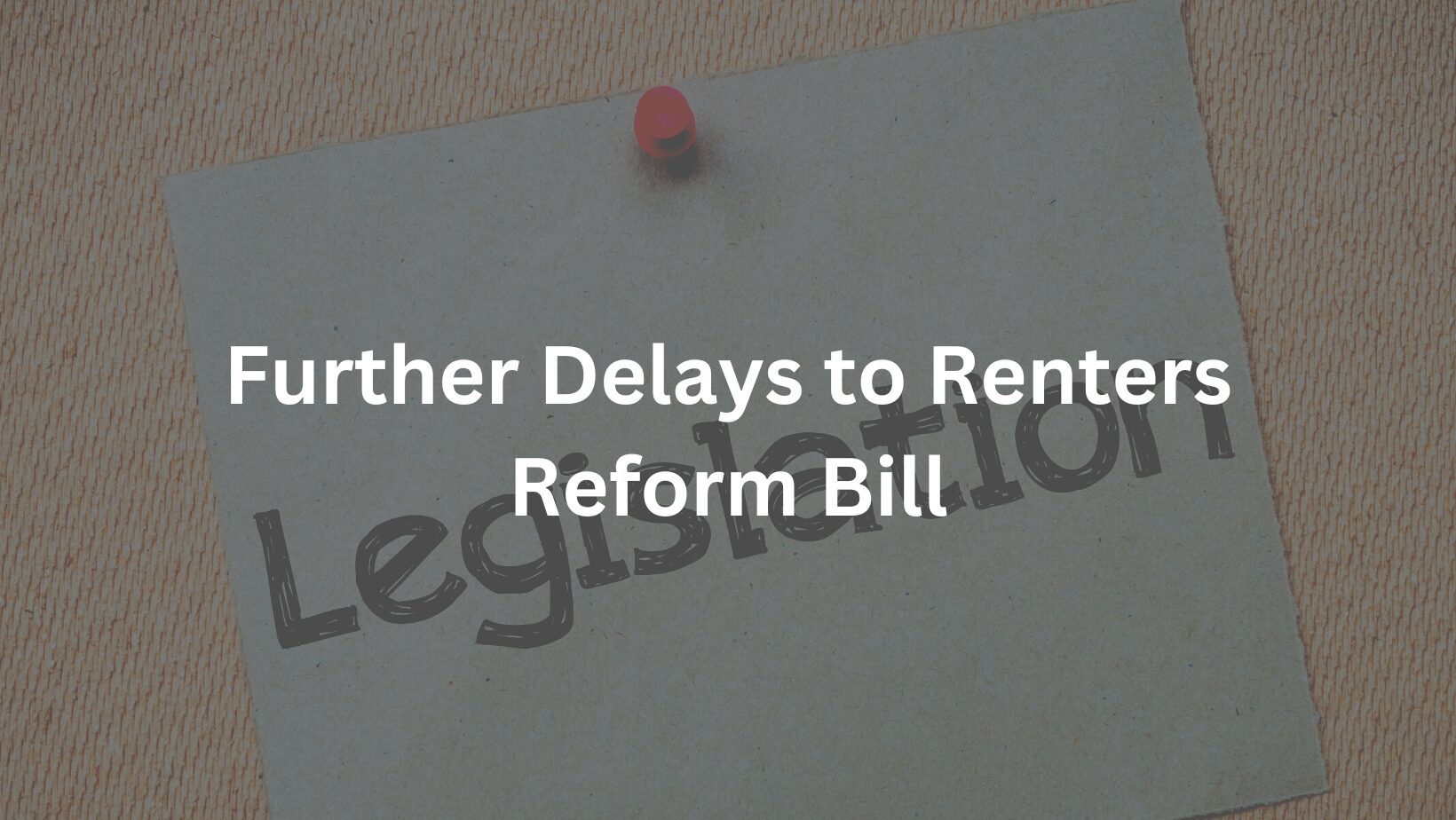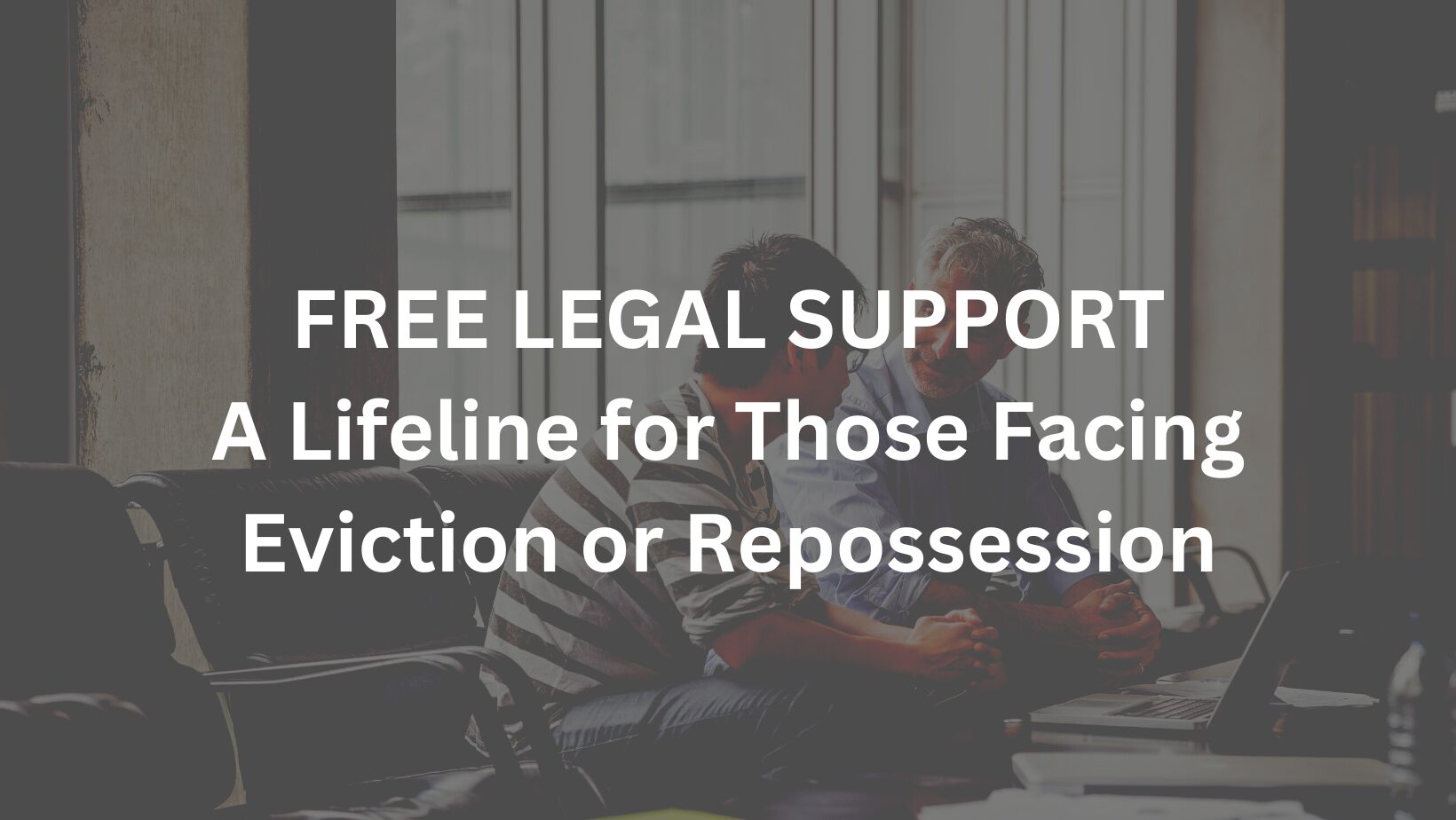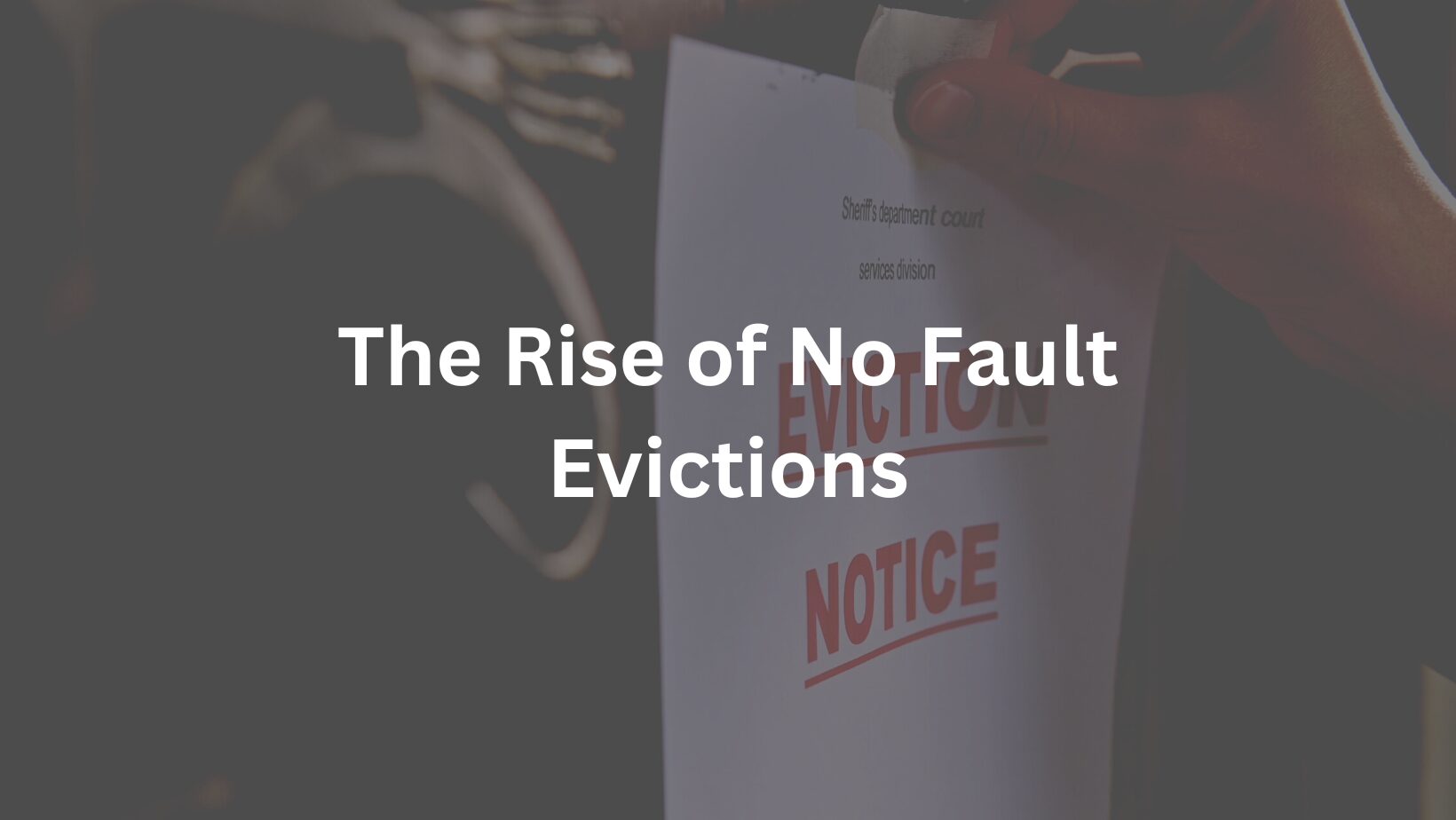
Different Types of Writs
There are different types of Writs that can be obtained from the courts and enforced by our #TeamCES High Court Enforcement Agents, but unless you know what each type is used for, how do you know which you need?
Quite simply, you don’t…
…which is why we’ve put together this guide to the different types of Writs.
The term ‘Writ of Execution’ applies to a number of different types of Writs. Individually, they all do different things, but generally speaking:
· A Writ of Execution is a court order which is granted to apply force to a money judgement of possession order, obtained by a claimant.
· Upon issuing, the court orders a High Court Enforcement Officer to take possession of property owed by the debtor.
· The judgement debtor’s property can then be sold in public auction with the proceeds given to the claimant to satisfy all or part of the judgement.
· A Writ of Execution may be used for both bankruptcy proceedings and eviction claims.
The different types of Writs of Execution are as follows…
Writ of Control
· Introduced as part of the regulations for Taking Control of Goods in 2014.
· The most popular High Court Writ to be issued.
· The Writ that is issued following the transfer up of a CCJ.
Writ of Possession
· Used to enforce possession of land or buildings.
· Can be used to enforce against trespassers and allows the landowner to recover possession of the land covered by the Writ (in rem).
· Can also be used to enforce possession against the people named on the Writ (in personam).
· Can be enforced immediately by High Court Enforcement Officers from #TeamCES.
Writ of Restitution
· Rare but can support claimants who have taken back possession under a Writ of Possession, only to see the property fall victim to trespass again.
· The Writ restores the position, enabling the claimant to take back possession once more.
· The Writ is handled on the claimant’s behalf by #TeamCES High Court Enforcement Officers.
Writ of Delivery
· Used by claimants to recover specific goods that have not been paid for in full.
· Used to recover an outstanding balance from a debtor.
· These Writs are often used by finance companies in relation to vehicles.
· Allows the claimant to recover the vehicle rather than trying to recoup outstanding arrears.
Writ of Sequestration
· A sequestration is a form of contempt as ruled by the court.
· Can only be issued with permission of the court when granted by a judge on an application duly served and supported by evidence.
· Once found in contempt of court by failing to comply within a specified time, a judgement creditor may be entitled to a writ of sequestration to obtain payment.
Writ of Assistance
· Issued where it has proven impossible or impractical to execute either a normal writ of delivery or writ of possession.
· Used more historically than recently to, for example, enable sheriffs to forcibly open safes where valuables or belongings were believed to be.
· Directs the High Court Enforcement Officer to enter the premises (with force if necessary) and to ensure the claimant remains peaceful.
· Can be issued in aid of a writ of possession or a writ of delivery.
Still confused?
Don’t worry, it’s a complex subject which needs professional experience and expertise.
The kind of experience and expertise that #TeamCES has in spades.
Whatever writ you need, our friendly and professional team will be on hand to guide you through every stage of the process, from the initial conversation through to the eventual return of any monies owed.








